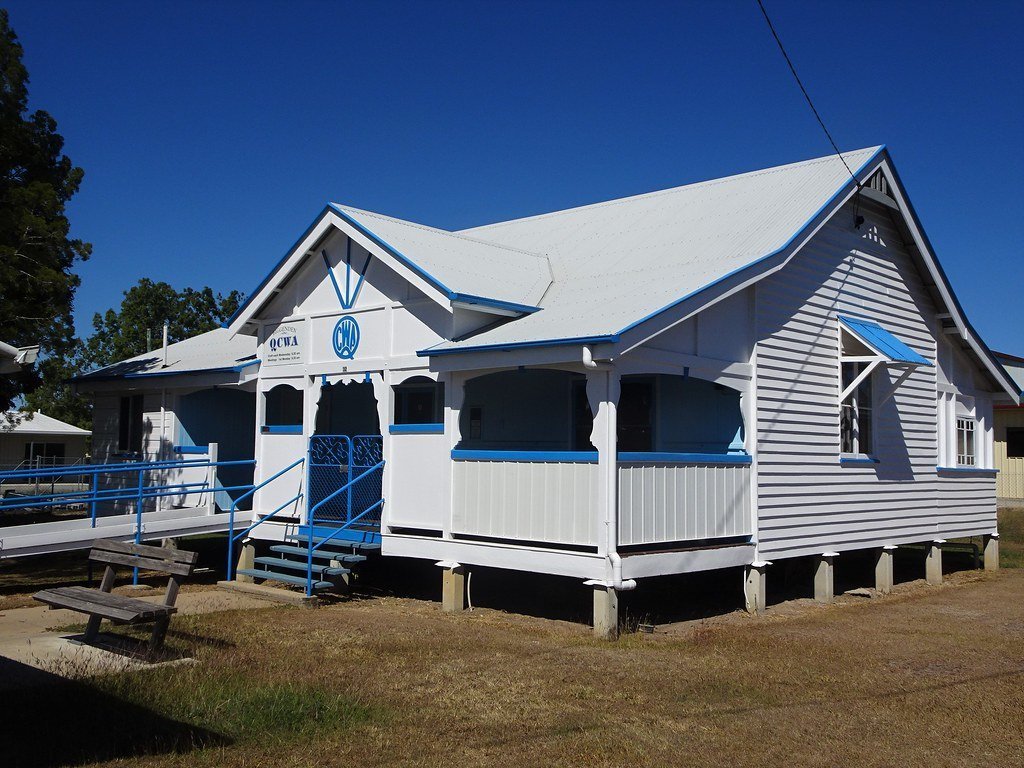
It's easy to think that when your dependable Littleton, CO roofer, asks you to use acrylic elastomeric paint after your metal roof installation, they're just asking to prolong their services and get more from labor pay. Truthfully, they recommend this because metal roofs are some of the most resilient roofing materials, primarily if you use acrylic elastomeric paint that acts as an extra shield over your roofing.
Powder-coating is a metal fabrication practice that adds a thinner layer of paint coat to reinforce and improve metal materials' strength. However, roofs don't need additional strength. Instead, they need exceptional resistance to corrosion from rainfall and snow. In this light, acrylic elastomeric paint provides a thicker protective coating, a better choice for metal roofing materials.
Acrylic elastomeric doesn't paint, but has the same viscosity and characteristics. Unlike paint, acrylic elastomeric does not peel off easily. It has plastic attributes, which allow it to become the first line of defense against the elements. Hailstorms can't swiftly chip off your metal roof's acrylic elastomeric paint.
Furthermore, it enhances your roofing material's aesthetics. Metal roofs appear industrial because of their exposed zinc or aluminum-dipped coating. Thanks to acrylic elastomeric layers, you can change their color and visually match your residential property's curb appeal.
Truthfully, the elastomeric coating can go beyond metal roofs. Cabin Life advertises acrylic elastomeric best uses for cabin residences because of its exceptional ability to create air and watertight seals. Read more about it below.
Where to use
Use elastomeric coatings on exterior elements, such as roofs, concrete walls and floors, masonry, stucco, (originally formulated for stucco) or wood.
Cautions
Be careful when using it on wood siding or logs, which need to breathe. Any breach in the coating, however small, can lead to moisture getting to the wood, leading to decay, mold growth and further damage. If applying over wood, do not seal the wood completely. Allow a way for wood to dry. If the coating is confined to the exterior surface, wood can still dry toward the inside, providing there isn’t an inside vapor barrier. The key is to prevent trapping moisture in the wood.
Cabin Preparation
Elastomeric coatings penetrate very little, so surfaces should be prepared carefully. Fill cracks, dents, holes and voids with an appropriate filler. Be sure concrete, masonry and stucco are thoroughly cured and dry before applying.
Application
More than one coat may be necessary, even when advertising claims one-coat coverage. If the finished coating looks like latex paint, it may be too thin. If applied with a sprayer, you should back roll coats before re-coating.
Advantages
Some hybrid coatings combine the properties of an elastomeric with acrylic paint. Longer lifespan means fewer applications. Manufacturers often offer longer warranties. (Continued)
If you need to have your new roof installed, you can always count on us at Roper Roofing for all your needs. Contact us today to learn more about everything that we can achieve with you.